Welcome to the ! Learning how to sew by hand is an essential skill for anyone interested in
creating unique and personalized textiles. In this module, we will cover some of the most commonly used hand stitches
that every beginner should master.
1. Running Stitch
The running stitch is the simplest and most basic hand stitch. It is a straight, even stitch used for joining two or
more fabric layers together. It’s great for basting, gathering, or attaching trims. To create a running stitch, simply
insert the needle up and down through the fabric in a continuous motion, creating even-length stitches.

2. Backstitch
The backstitch is a strong hand stitch commonly used for seams and attaching fabrics together permanently. Unlike the
running stitch, the backstitch creates a secure seam. Start by making one small stitch forward, then insert the needle
backward through the end of the first stitch. Repeat this pattern, creating a line of small overlapping stitches.

3. Slip Stitch
The slip stitch is an almost invisible stitch used for joining two folded edges or attaching linings. It’s commonly used
in hemming or closing an opening in a seam. To make a slip stitch, start by pulling the needle through one folded edge,
then insert it into the opposite folded edge, catching only a few threads. Continue this process, creating a neat,
nearly invisible seam.

4. Blanket Stitch
The blanket stitch is often used for decorative purposes or finishing raw edges. It creates a beautiful border and can be
combined with embroidery threads for added color and texture. Start by bringing the needle through the fabric, then catch
the thread from the front, forming a loop. Insert the needle through the loop, pulling it gently. Repeat this process
along the fabric’s edge to create a series of even, decorative stitches.

5. French Knot
The French knot is a popular embroidery stitch that adds texture and dimension to your fabric. It can be used as a single
knot or in clusters for beautiful decorative effects. To create a French knot, bring the needle up through the fabric,
wrap the thread around the needle two or three times, then insert it back into the fabric near the entry point while
holding the thread taut. Gently push the needle all the way through, keeping the wraps tight, and create the knot.

These are just a few of the basic hand stitches that every beginner should have in their sewing toolkit. By mastering
these stitches, you will gain the confidence to tackle a wide range of sewing projects and unleash your creativity.
Remember, practice makes perfect! So grab your needle, thread, and fabric, and start stitching!
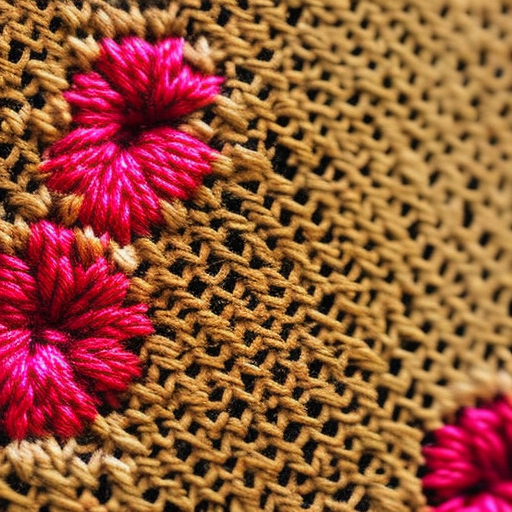
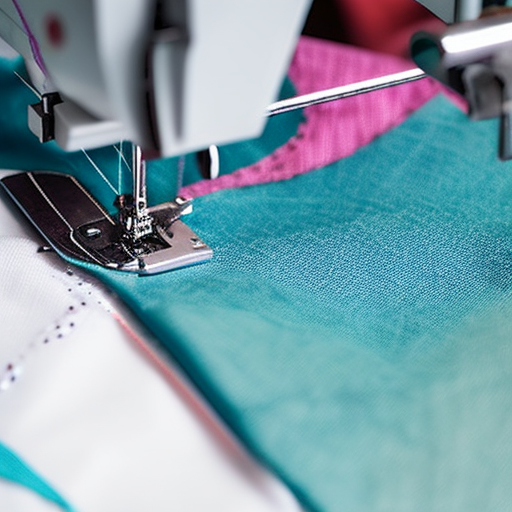
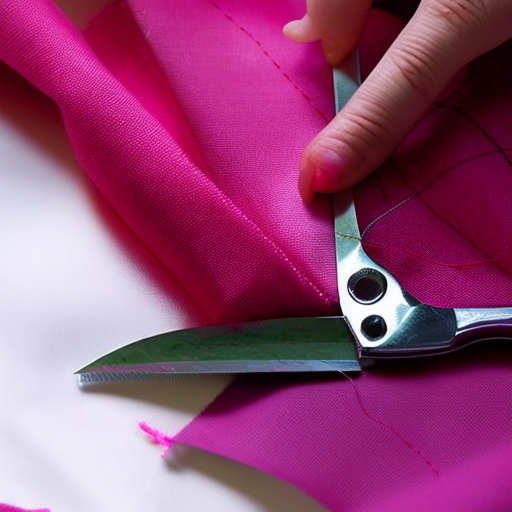
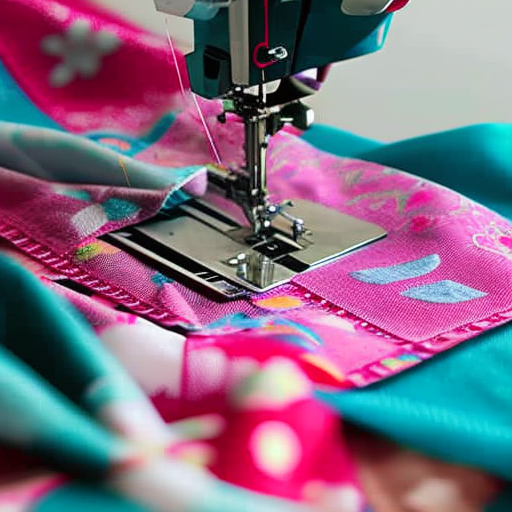
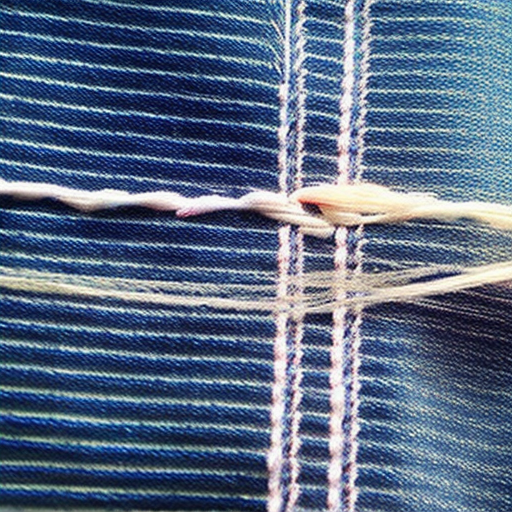
Great resource!
Susan Silver: This is super helpful thank you
This module is great for beginners! It’s an amazing tool to help those who want to learn basic hand stitches and I’m sure it will benefit many people!
Absolutely! This is going to be really helpful!
Comprehensive guide and a great resource – very useful for those wanting to learn basic hand stitches.